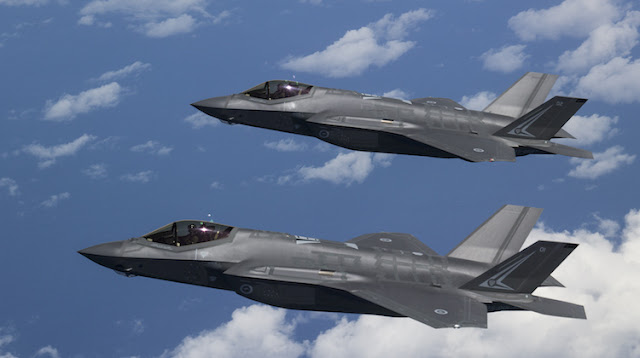 |
| The PTH130-K225B during testing. Photo c/o QPVN through VietDefense. |
Vietnam's Military Technical Institute has unveiled its newly-developed 130mm self-propelled gun system, which was televised on the country's QPVN military channel.
The new system called the PTH130-K225B 130mm self-propelled gun was designed for use by the Vietnam People's Army (VPA).
The system was based on the Soviet-era M-46 130mm towed field gun, and mounted on a KrAZ-255 6x6 truck.
The M-46 gun has a maximum range of around 27 kilometers.
According to Vietnamese defense page VietDefense, the new PTH130-K225B is very similar to Cuba's own Jupiter V self-propelled gun system, which uses the same gun and platform combination, and could be a sign of development under an existing Cuba-Vietnam military cooperation.
Vietnam has been developing solutions that allow older towed howitzers to be mounted on trucks to create self-propelled systems.
This includes previous programs to install older M101 105mm towed howitzers on Ural trucks.and M548 tracked cargo vehicles.
[1] VietDefense
[2] QPVN












